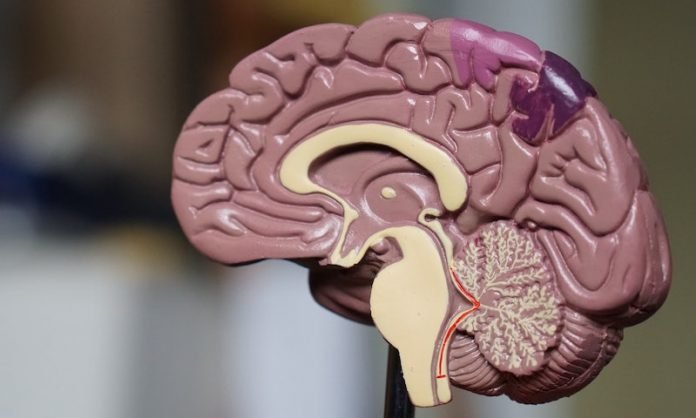
In a new study from Northwestern Medicine, researchers found breakdowns in regulatory mechanisms cause iron to build up in the brain as organisms grow older, increasing oxidative stress and causing cellular damage.
This may explain some age-related cognitive decline and contribute to neurodegenerative diseases such as Parkinson’s and Alzheimer’s disease.
As organisms age, oxidative stress increases in cells across the body. For one reason or another, cells lose the ability to detoxify reactive oxygen species, byproducts of normal cellular respiration.
The source of oxidative stress varies from environment to environment within the body, but previous studies point to one possible source in the brain: an accumulation of iron.
In the study, the team examined young and aged mice, measuring iron in cells throughout the body.
The investigators found the brain was the only organ that showed an increase in iron as the animals aged.
Next, Sato examined the expression of genes associated with iron homeostasis, finding that the gene coding for a peptide hormone—hepcidin—was dramatically upregulated in the brain cortex of older animals
This is likely a key player in iron accumulation in the aged brain.
The team says if they can restore intracellular iron levels via suppressing brain-derived hormone hepcidin, they might be able to improve age-related cognitive decline.
There are ongoing studies using iron chelators—substances that bind to iron and make it biologically unavailable—to treat heart disease, and a similar strategy could be used in the brain, as well.
If you care about brain health, please read studies that including more wine and cheese in diet may help reduce cognitive decline, and exercise that can benefit cognitive function in older people.
For more information about health, please see recent studies about how COVID-19 damages the brain, and results showing that brain parasite spread by cats affect 30 million Americans.
The study is published in eLife and was conducted by Hossein Ardehali et al.
Copyright © 2022 Knowridge Science Report. All rights reserved.



